Deck & Commander Strategies

Helga, Skittish Seer
Generate card advantage and life gain by casting creatures with high mana value, using Helga’s ability to draw cards and ramp mana to cast even bigger threats.
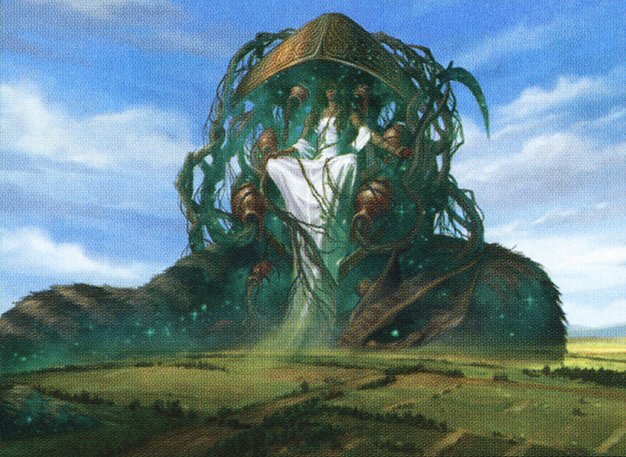
Karametra, God of Harvests
Focus on ramping aggressively with creatures and lands to deploy powerful threats quickly, leveraging God tribal synergies to trigger multiple abilities.
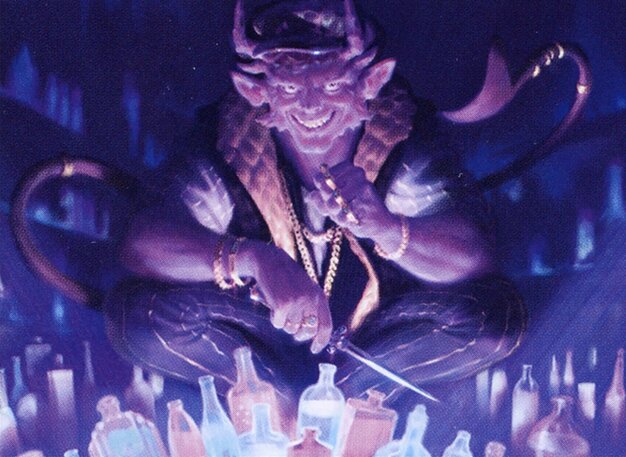
Henzie "Toolbox" Torre
Utilize a variety of creature types and value creatures like Volo to generate card advantage and board presence through copying spells and triggers.
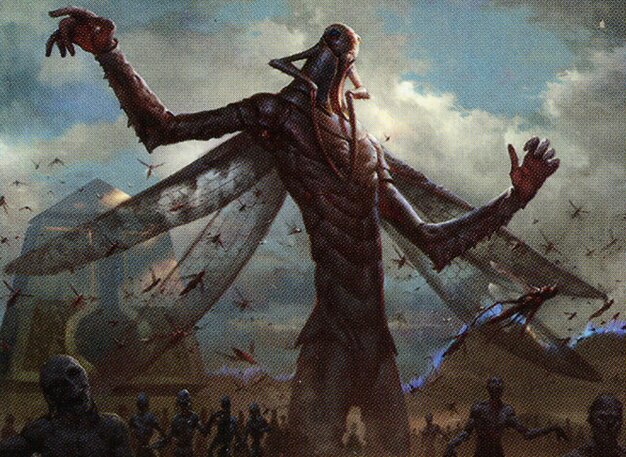
The Locust God
Draw cards to create a swarm of flying insect tokens with haste, then overwhelm opponents with a fast, wide board and trample damage.
Gameplay Insights
- 1
Casting Roaming Throne to double trigger God-related abilities created key synergy moments for Karametra’s deck.
- 2
Henzie's use of Volo to copy creature spells that do not share types increased tempo and card advantage significantly.
- 3
The Locust God player’s combat damage triggers allowed playing additional lands and spells from the top of the deck, accelerating their game plan.
- 4
Helga's frogs pressured the graveyard with exile effects, forcing opponents to consider combat carefully to avoid losing key resources.
- 5
Players managed attacks conservatively, often trading or taking damage to avoid enabling dangerous triggers or losing crucial creatures.
- 6
Bouncing creatures with First Responder created incremental value through counters, supporting long-term board development.
Notable Cards
-
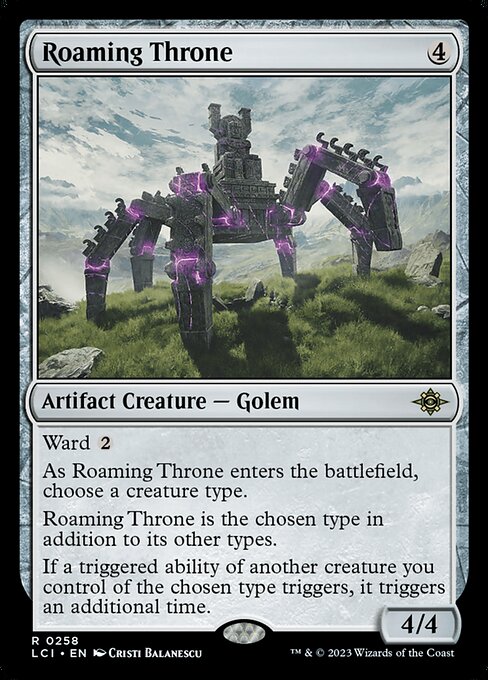
Roaming Throne
-

Volo, Guide to Monsters
-

Helga, Skittish Seer
-

The Locust God
-

Karametra, God of Harvests
-
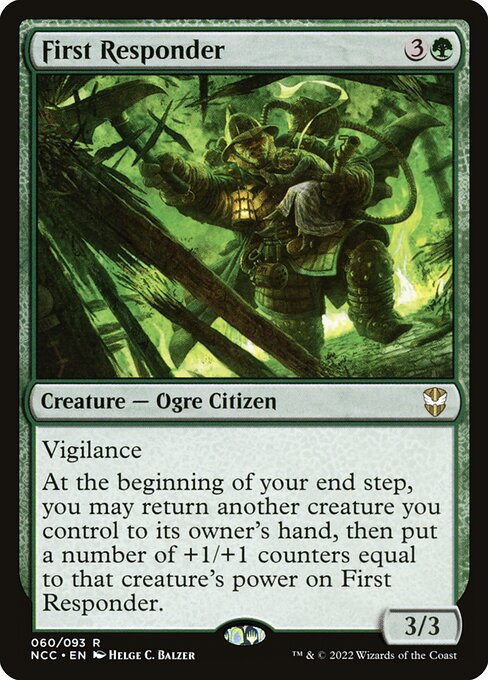
First Responder
-

Angel of Vitality
Gameplay Summary
The game began with players setting up their respective board states, focusing on ramp and early-value plays.
The Locust God player aimed to generate flying insect tokens by drawing cards, steadily building a swarm to overwhelm opponents.
Meanwhile, Helga, Skittish Seer fueled card draw and life gain through casting high mana value creatures, steadily growing in power and mana production.
Karametra's player focused on ramping aggressively with creatures and lands to accelerate into powerful spells, while Henzie’s Toolbox deck utilized diverse creature types and value triggers to maintain board presence and card advantage. A key turning point came when Roaming Throne was cast, synergizing with Karametra's God tribal theme and triggering multiple abilities.
Henzie's Volo, Guide to Monsters also contributed by copying creature spells to boost tempo and value.
Combat interactions became pivotal as the Locust God player leveraged trample and damage triggers to play additional lands and spells, while Helga's frogs created pressure through graveyard exile effects.
Players carefully managed attacks and blocks to avoid feeding into these synergies.
The game featured strategic plays such as bouncing creatures for counters, careful land drops, and incremental life gain, all building toward overwhelming board states.
The Locust God’s ability to create token swarms and Karametra’s ramp emerged as major threats, while Helga and Henzie aimed to leverage card draw engines and creature synergies to outvalue opponents.























![New Capenna Commander Decks [Commander VS] | Magic: The Gathering Commander Gameplay thumbnail](https://i.ytimg.com/vi/tGjze1xmfaA/sddefault.jpg)















![Commander VS S16E7: The Locust God VS Horde of Notions VS Tatyova VS Balan [EDH] thumbnail](https://i.ytimg.com/vi/yqrnU70Qx6I/sddefault.jpg)






